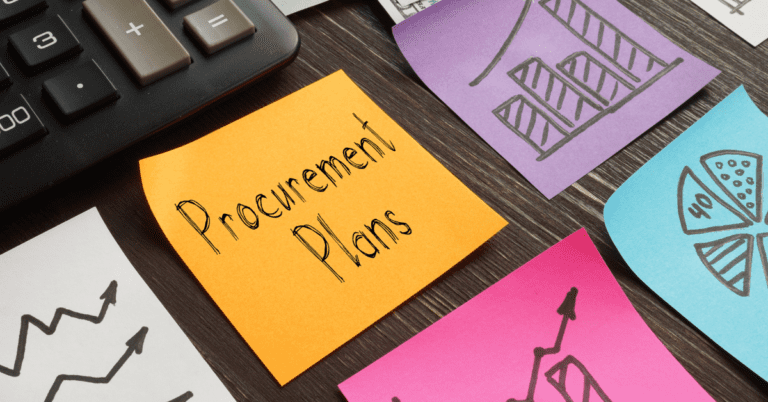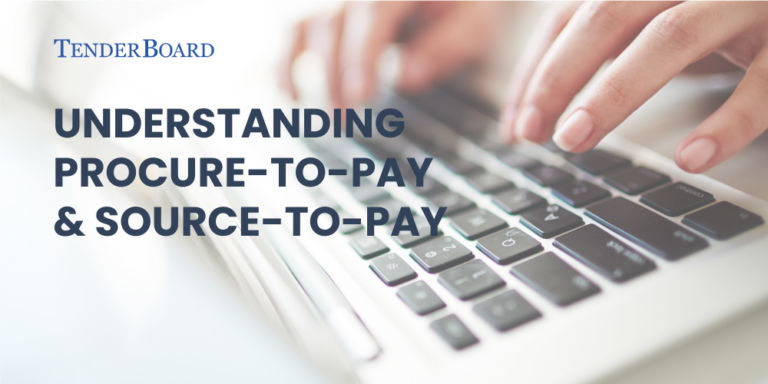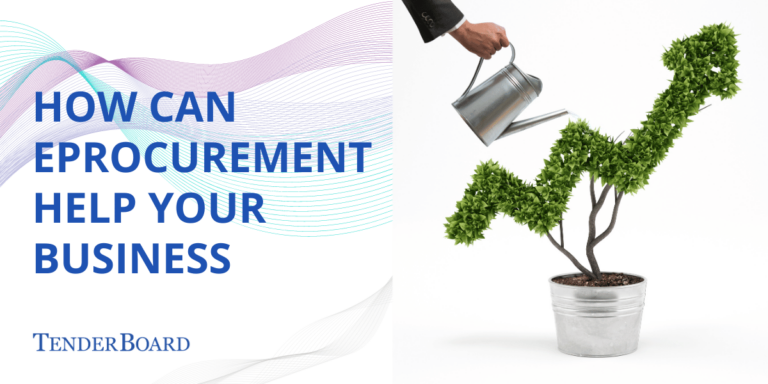The sheer number of things procurement planners need to pay attention to makes the procurement planning process incredibly difficult. Not only do they need to consider the needs of internal stakeholders, but those of external stakeholders as well. To make things more complicated, the contents of the procurement management plan vary with project needs.
Therein lies the question that many procurement planners are asking: how do you write a great procurement proposal?
While writing a procurement proposal seems like a complicated process, there are actually several rules that you can apply consistently regardless of the industry and project you are bidding for.
In this piece, we will discuss what a procurement plan is, what you need to do before preparing one, as well as the steps you should follow to write a great proposal.
What is a procurement plan?
Also known as a procurement management plan or purchasing plan, a procurement plan is a document that outlines the entire procurement process. It outlines all the details starting from a company’s seller sourcing plan to its contract term and conditions, as well as an exit strategy.
Procurement plans were designed to increase the whole procurement process’s efficiency, effectiveness and transparency. A fundamental function of this document is to justify the reasons for engaging a particular supplier and explain how the process of sourcing for a supplier will be done. Apart from this, the document describes in detail how products or services will be acquired, how suppliers will be managed, and how contracts are managed.

To streamline and automate strategic procurement planning, the use of procurement software is necessary.
Things you need to do before preparing a procurement proposal
Be clear of document submission deadlines
You will need to put out requests for several types of procurement proposal documents during the procurement process. Ensure that you make the submission deadlines very clear to all the bidding sellers.
Prepare yourself for a barrage of questions
It is normal that big business projects can cause an information overload among potential vendors. After all, it does come with an incredibly long list of requirements and details. Listen to the questions of your bidding sellers with an open mind. You would want to help them help you execute the task to the best of their abilities.
Make some data-driven decisions
The procurement proposal is meant to list down potential vendors you will engage.
Using data collected from your procurement software, you can shortlist potential vendors based on compliance to regulations, risk levels and quality of past service.
What goes into a procurement plan?
Key project information
- The objectives of your project
- How you plan to work with the sellers to achieve them
- A list of the goods and services being procured, and the costs involved
- Who the important stakeholders are and what your plan for engaging with them is?
Method of sourcing
- Specify the type of procurement approach you will be using
- Explain the factors and metrics you will be using to evaluate the submissions
- Outline how you will engage with your suppliers
- Make clear the identities of all vendors who have been prequalified for the project if known

Contract details
- Describe the contract that will be used
- Explain how the contract will be delivered and its completion date
- Explain how the contract will be managed during delivery
Risks involved in the project
- Be open about the risks associated with the project
- Explain how the risks will be managed
Timeline
- Detail a step-by-step timeline for the procurement process
- Include the dates for sign-offs and approvals
- Specify planned delivery dates for the products or services that are being provided
Regulations
- Detail governmental and legal regulations that need to be complied with
- Detail your organisation’s regulations that need to be complied with
How to write a procurement proposal?
Explain the procurement process in detail
This is an overview of the process in which your company acquires products or services from a seller. This part should also explain the things that must be done to manage the process.
Clearly define the roles and responsibilities
This part of the procurement plan identifies the specific people working on the project and all stakeholders involved. Some of these positions include:
Project managers.
These are the people oversee the entire process. They are also tasked with controlling the budget, project timeline, as well as project risks.
Technical managers
They create the statement of work (SOW). This is a document used in project management.
It outlines the project’s work requirement. For instance, it defines project-specific activities, deliverables and timelines for a seller providing goods or services to the buyer.
Contract managers
These are the people who provide advice and documentation related to the project’s contract requirements.
C-Level executives
They provide contractual advice and make decisions related to the contracts.
These executives are also responsible for reviewing and approving the final contract agreements.
Lawyers
Lawyers are important to the procurement process as these are the people that help create the contracts and provide advice for any related legal requirements.
Identify the procurement requirements
This is the first section of the procurement plan and it should list all products or services the company wishes to purchase.
It then justifies why these products or services cannot be internally sourced and would require an external supplier.
Clearly define the project timeline
You should propose a clear timeline for the project.
This helps those involved better understand when the procurement process should be started and when it needs to be completed.
Define change approval processes
You need to clearly explain how changes can be made to the procurement process and documentation.
You need to clearly explain how changes are justified, understood and approved by all appropriate stakeholders.
Identify seller management methods
You will also need to explain how you intend to manage suppliers once they have signed the contract.
This section is needed to ensure that your suppliers fulfill their side of the deal and provide your business with the products or services that you requested at the expected quality. Vendor management techniques include:
Define legal jurisdiction
You need to identify all legal requirements for the project. This is needed to ensure your business and supplier comply with the legal regulations.
Some of which include data privacy laws and labour laws. It is important to note that these can vary from country to country. If your company is doing business with a foreign supplier, these laws need to be properly identified and made clear.
Identify payment methods
Highlight the different payment methods and currencies used and accepted during the procurement process. Also, make clear if payments are to be made periodically or in a lump sum.
It avoids conflicts between your business and supplier on payment methods and timeline.
Be clear about how you intend to manage risks.
Working with a vendor introduces new risks to a project
You should detail the risk profile of the project. Some include risk tolerance, risk probability, risk severity and types of contracts used.
Define the project’s limitations
Highlight limitations the procuring team and supplier must deal with as the project progresses. Some of these include geographic restrictions, budget management issues, and conflict with external stakeholders.
Conclusion
These are the steps needed to write a project procurement management plan. That said, no procurement process is complete without procurement software.
The procurement process is quite complex and encompasses many steps and procedures that are time-consuming. Luckily, the digital transformation of procurement has made things easier for many organisations.To find out more about how procurement software can help your business, reach out to us today.













